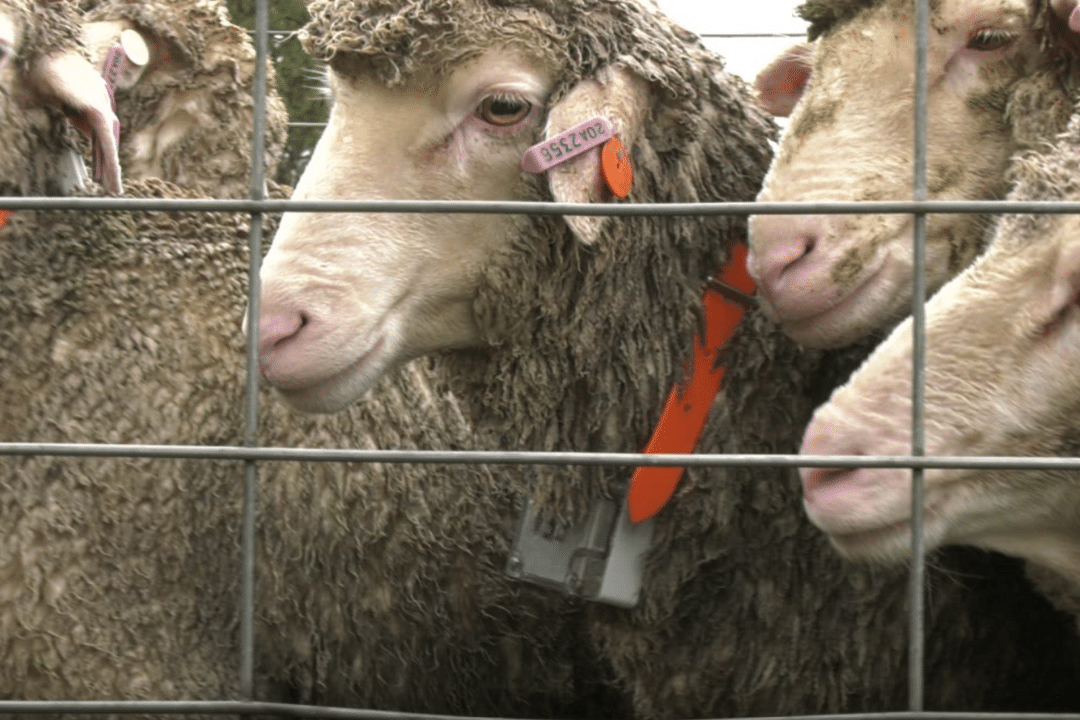It’s welcome news for Australian farmers, who suffer millions of dollars in stock losses per year, with the crime difficult to identify, and often impossible to prosecute.
UNE criminologists staged a ‘mock stock theft’ and recovery operation from UNE’s SMART Farms on 29 March. It tested the ability of data provided through new Australian designed Ceres Tag ear tags to notify farmers of a problem with their stock, and provide enough information for police to disrupt a theft attempt and recover the stolen animals.
Given the size and remoteness of Australian farms, it can, in normal circumstances, take months for a farmer to realise some of their stock is missing, by which time the animals may have ended up as a packaged product on the other side of the world.
However, constant and improved data fed directly from the satellite-based tags to a farmer’s device, unique to Ceres Tag, was able to alert the trial team within minutes of stock being loaded onto a trailer and driven from the farm.
“We were notified within about five minutes from a number of the twenty tags used that the sheep were being ‘agitated’ – or moving faster than normal – which suggests a problem,” Dr Kyle Mulrooney, Co-Director of the UNE Centre for Rural Criminology, said.
“A notification that the tags had breached the geofence – as they were being ‘stolen’ – came through in about 15 minutes.”
Through the constant feed of data, police from the Rural Crime Prevention Team (RCPT) within the NSW Police Force were able to track and intercept the vehicle with the sheep within 25 minutes of the theft, then successfully recover the stock.
And the more tags involved, the richer the data, and the more immediate the alerts and response can be.
Dr Mulrooney says this technology introduces ‘risk’, and reduces ‘reward’ in the calculation for attempting stock theft crimes on farms – meaning it is much harder for thieves to be successful in their crime, and it’s less enticing for them to try.
“Stock theft remains a huge problem in rural communities, as demonstrated in the results of both the recent Victorian Farm Crime Survey and the NSW Farm Crime Survey in 2020,” Dr Kyle Mulrooney says.
“Smart animal ear tags were one of the crime prevention tools survey respondents indicated they were willing to use to help prevent crime.
“With this new Ceres Tag product, we feel very optimistic that we finally have the technology that will give farmers more confidence and peace of mind and allow the police greater opportunity to intervene and solve these crimes in a timely manner,” Dr Mulrooney says.
“In the past, it has not always been possible to work out where stock has come from, even if we know they’re stolen. But these tags provide all that data, and when properly secured, they cannot be removed without taking significant time and/or causing serious damage to the animal – which would make it much more difficult to sell them in the legal market.”
The State Rural Crime Coordinator, Detective Chief Inspector Cameron Whiteside, who led the police involvement on the day, says the RCPT is continually looking for opportunities to trial technology and identifiers, including the use of GPS devices, to increase the reporting of rural crimes in a timely manner.
“The use of various and innovative technology will be a major step forward in preventing stock theft in Australia and globally,” Detective Whiteside says.
The technology used in Ceres Tags can provide the police with important evidence for prosecution too, as the data provided can show police the route travelled by the thief, affording them opportunity to access evidence such as local CCTV.
Ceres Tag’s co-founder and CEO, David Smith, was at UNE to see the tags in action.
“The trial was a great ‘role play’ opportunity for us as the inventors and creators of the tag and to see how it can be effectively used in a real time situation,” he says.
“The Ceres Tag is the first in the world that sends information from a smart ear tag on the animal directly via satellite anywhere, anytime. This technology has never been available before to have that automated monitoring of the animals.”
“It’s a very sophisticated and easy to use platform which we believe will create a significant difference for livestock owners.”


